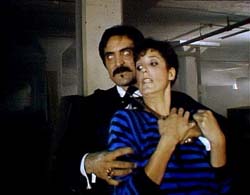
 Three scenes utterly traumatized me as a youngster:
Three scenes utterly traumatized me as a youngster:
1. the reveal of the “star child” in 2001: A Space Odyssey (nightmarish!);
2. the rabbit attack in Monty Python and the Holy Grail (that was a lot of blood); and
3. the finale of Disney’s The Black Hole, wherein an ostensibly family-friendly flick suddenly goes medieval and takes a trek through literal Hell. After 80 minutes of cinematic sci-fi — ending with the entire cast being sucked into the eponymous hole — Dr. Hans Reinhardt (Maximilian Schell, Deep Impact), imprisoned within the armor of his killer robot, stands guard over a blasted hellscape as tortured souls trudge down pathways carved into a flaming mountain range.
Today, the scene is a cinematic curiosity, a weird and unforeseen side trek into Christian mythology that barely makes contextual sense. But back then? Schell’s eyes suddenly peering out from the furnace-red eye slit of his mechanical beast damaged the 8-year-old me worse than anything. Forget the Bible; the Hell of The Black Hole is what almost scared me into belief.
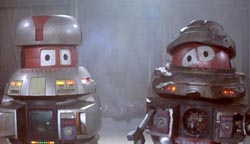 Past that, The Black Hole is an unbalanced amalgamation of Star Wars, Star Trek, Disney cutesiness and horror. On the plus side, you’ve got an admittedly awesome-looking hole in space, some pretty terrific effects, a terrifying mute demon robot that performs what surely counts as the only disembowelment to appear in a Disney film (bloodless though it is) and a John Barry score better than the film 90 percent of the time and more suitable for Monday Night Football for the other 10.
Past that, The Black Hole is an unbalanced amalgamation of Star Wars, Star Trek, Disney cutesiness and horror. On the plus side, you’ve got an admittedly awesome-looking hole in space, some pretty terrific effects, a terrifying mute demon robot that performs what surely counts as the only disembowelment to appear in a Disney film (bloodless though it is) and a John Barry score better than the film 90 percent of the time and more suitable for Monday Night Football for the other 10.
Veering into the mediocre, there are floating-by-wire R2-D2s (voiced by Roddy McDowell and Slim Pickens, and the most interesting characters); a script as thin as watered-down tapioca; robot soldiers that make the battle droids of Phantom Menace seem like crack shots; and one of those Airport/Poseidon Adventure disaster film “let’s give a bunch of B-movie actors some work” casts: the magnetic Schell, the stern Robert Forster, the perky Yvette Mimieux, the twitchy Anthony Perkins, the grumpy Ernest Borgnine and the takes-up-physical-space Joseph Bottoms. And an ending where the filmmakers must have just thrown up their hands and said, “What the hell, I guess you can breathe in outer space, sure.”
On the whole, not great. But still worth seeing for some startling imagery, fascinatingly manipulative scenes (oh, how my youngest sister bawled when old B.O.B. died), and again, that just balls-out crazy ending. I’ll be good from now on, Daddy! I promise! Don’t let the Satanbot kill me!
P.S.: Is it just me, or is Event Horizon a remake? —Corey Redekop

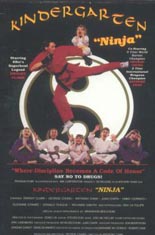
 Only one film in history is endorsed by California’s San Leandro Police Department — and I mean endorsed via an introduction that’s actually part of the movie, with the police chief addressing the camera when he’s not looking down to read his lines. That lucky sonofabitch is
Only one film in history is endorsed by California’s San Leandro Police Department — and I mean endorsed via an introduction that’s actually part of the movie, with the police chief addressing the camera when he’s not looking down to read his lines. That lucky sonofabitch is 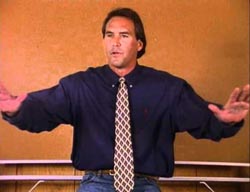


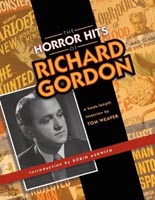
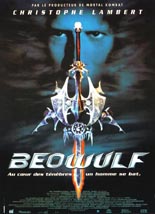
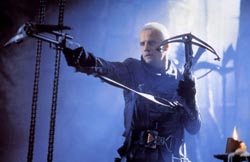
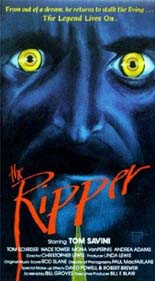
 The major problem with
The major problem with 